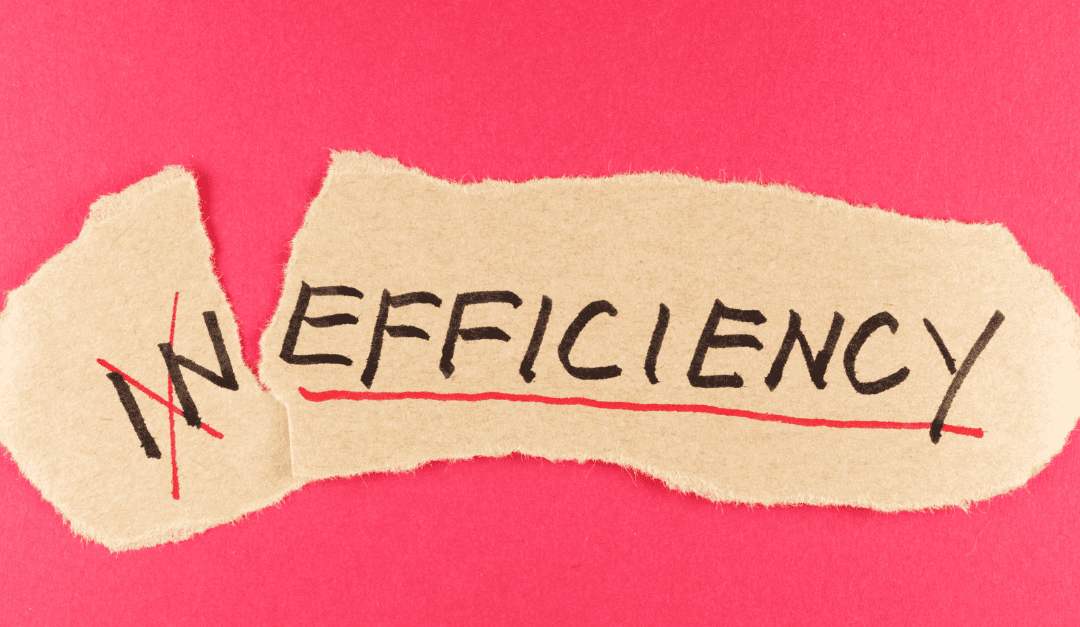Most of my summertime has been spent reflecting on my career and accomplishments, failures, and experiences. As I blog on school board dysfunction, I’ve had many different thoughts about creating effective and efficient school boards. Something that comes to my mind often is scattergrams with effectiveness and efficiency axes.
Using A Scattergram To Evaluate Efficient and Effective School Boards
Can a school board evaluate its past work, place it on a scattergram, learn from that process, and aspire to work at the Quad D that Dr. Bill Daggett created? I think so; let’s break it down in this post. If you need help, hire me as your school board consultant to further explain how effective and efficient your school board is.
Effectiveness and efficiency are essential to the guide trends I’ve thought about and designed in my university graduate work and as a practitioner. Time is always connected to efficiency and plans, and accountability (to a plan) is connected to effectiveness.

Characteristics of Effective School Boards
Effective school boards are the backbone of successful educational systems. Their influence on student achievement and instructional quality cannot be overstated. The most effective boards share several key characteristics. This includes:
- A commitment to high expectations
- A focus on accountability
- A strong collaboration with the community and staff.
By embracing data, aligning resources, and working as a cohesive team with their superintendent, these boards create an environment where all students can thrive.
What Are The Eight Characteristics of Effective School Boards
- Commit to a vision of high expectations for student achievement and quality instruction and define clear goals toward that vision.
- They have strong shared beliefs and values about what is possible for students and their ability to learn, as well as the system and its ability to teach all children at high levels.
- They are accountability-driven, spending less time on operational issues and more time focused on policies to improve student achievement.
- Collaborate with staff and the community and establish a strong communications structure to inform and engage both internal and external stakeholders in setting and achieving district goals.
- Are data savvy; they embrace and monitor data, even when the information is negative, and use it to drive continuous improvement.
- Align and sustain resources, such as professional development, to meet district goals.
- Lead as a united team with the superintendent, each from their respective roles, with strong collaboration and mutual trust.
- Take part in team development and training, sometimes with their superintendents, to build shared knowledge, values and commitments for their improvement efforts.
Eight items found in 1991 Center for Public Education *copywrite study
By prioritizing vision, accountability, collaboration, and continuous improvement, these boards play a pivotal role in shaping the future of their districts. Their commitment to ongoing development and teamwork ensures that they remain responsive to the needs of students and the community. This sets the stage for long-term educational excellence.
However, it’s not just about effective school boards. Therefore, it’s essential to focus on effective and efficient school boards when electing those to serve your school.
Nine Characteristics of Efficient Public School Boards
Achieving excellence in any organization requires a strategic approach emphasizing quality, efficiency, and alignment with broader goals. This starts with a commitment to the best possible outcomes, ensuring high-quality work at every level.
School boards can streamline operations and focus on what truly matters by working smarter, automating repetitive tasks, and fostering better cross-department communication. This means letting go of outdated systems and beliefs while aligning expenditures and programs with district goals are crucial steps toward fulfilling the overarching mission.
- Commit to the best possible outcome.
- Always commit to high-quality work.
- Work smarter, not harder.
- Achieving objectives toward broad plans and goals, always measuring and reporting.
- Automate repetitive tasks.
- Create better cross-department communications.
- The system lets go of legacy systems.
- Align expenditures to support district goals.
- All programs are aligned with curriculum and student needs.
Nine items from Edward Schoenfelt, the practitioner 2024.
In my experience, an efficient public school board must meet deadlines, comply with the law, and practically address new needs as they arise.
It is imperative that they take the time to hire and nurture the school system’s leader and the executive body of the central office. In turn, they will do the same to each separate school principal and leadership support structure.
International Center for Leadership in Education
In the most successful and rapidly improving schools, school board decisions about allocating resources are carefully analyzed from an effectiveness and efficiency perspective. The International Center’s Effectiveness and Efficiency (E/E) Framework was developed to guide resource decision-making.
Resources should be allocated as much as possible to programs, organizational structures, etc., that fall in Quadrant D. Unfortunately, many schools and districts make decisions based on the organizational structures, practices, and personnel that are in place rather than on the best use of resources to meet new and future needs.
Using the E/E Framework can demonstrate that many popular short-term decisions and programs that schools/districts have worked hard to maintain and expand are not in Quadrant D. The framework can also reveal that programs and approaches that schools/districts may have resisted are highly effective and efficient.
Focused and sustained professional development around a single concept, such as literacy or bringing relevance to instruction, is an example in Quadrant D, as are looping, creating interdisciplinary department chairs, and certain technology-based programs.
The long-term consequences of decisions, not high performance/low cost, can be counterproductive to improved student and school performance.
From instruction to leadership to resource use, highly successful schools live in Quadrant D. A school in Quadrant D is adaptive and on a clear path to sustained improvement. If you would like more information, you can visit their website.
In conclusion, as an education consultant, I can help your public school board function at the highest level, which will have long-term benefits and fit the specific needs of the school district. Together, we can develop a scattergram of past work to guide the better job to come by your school board.

